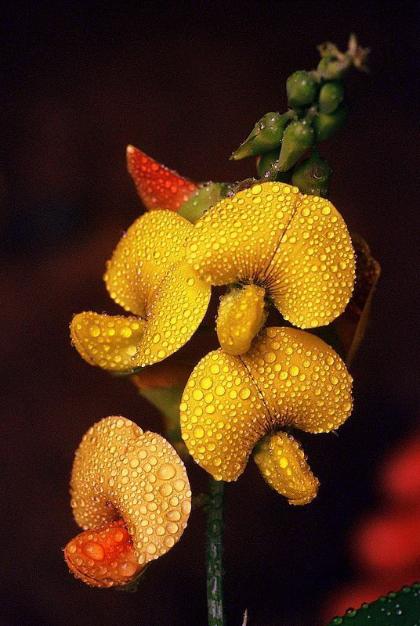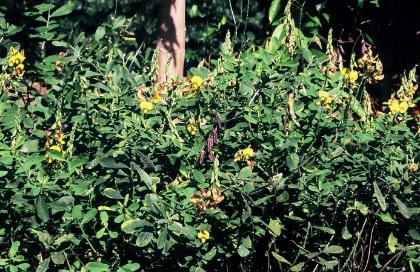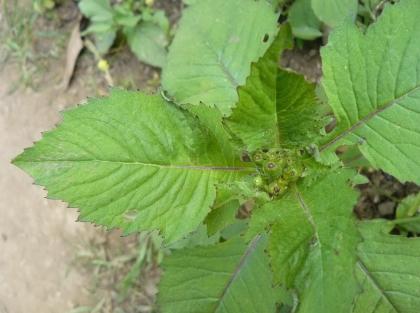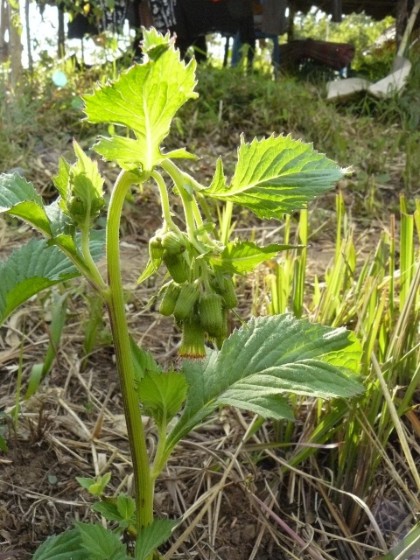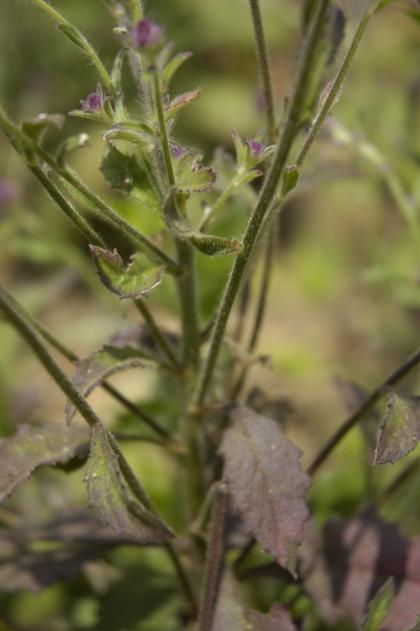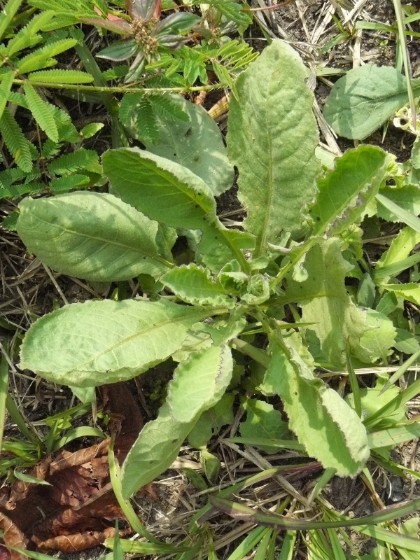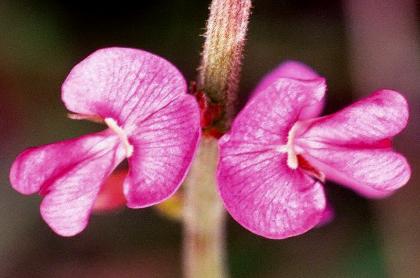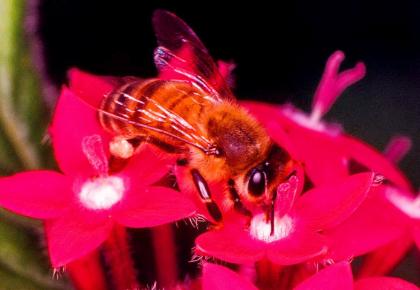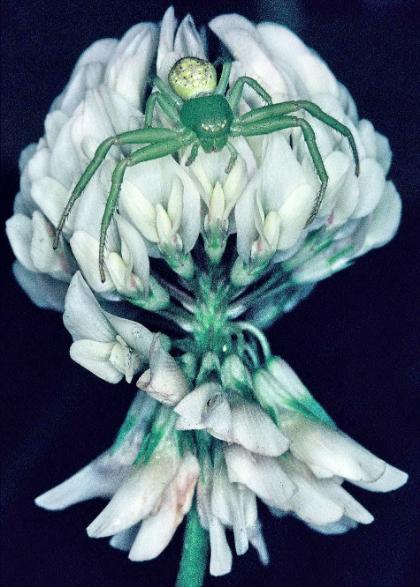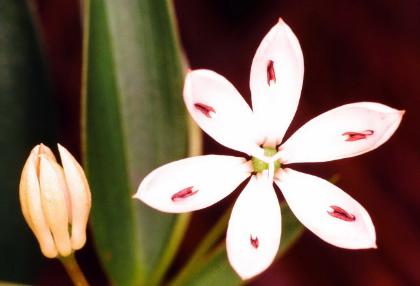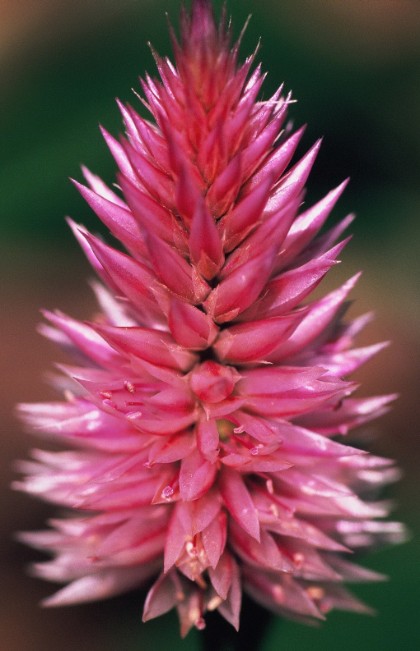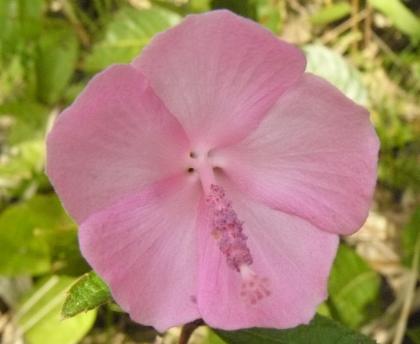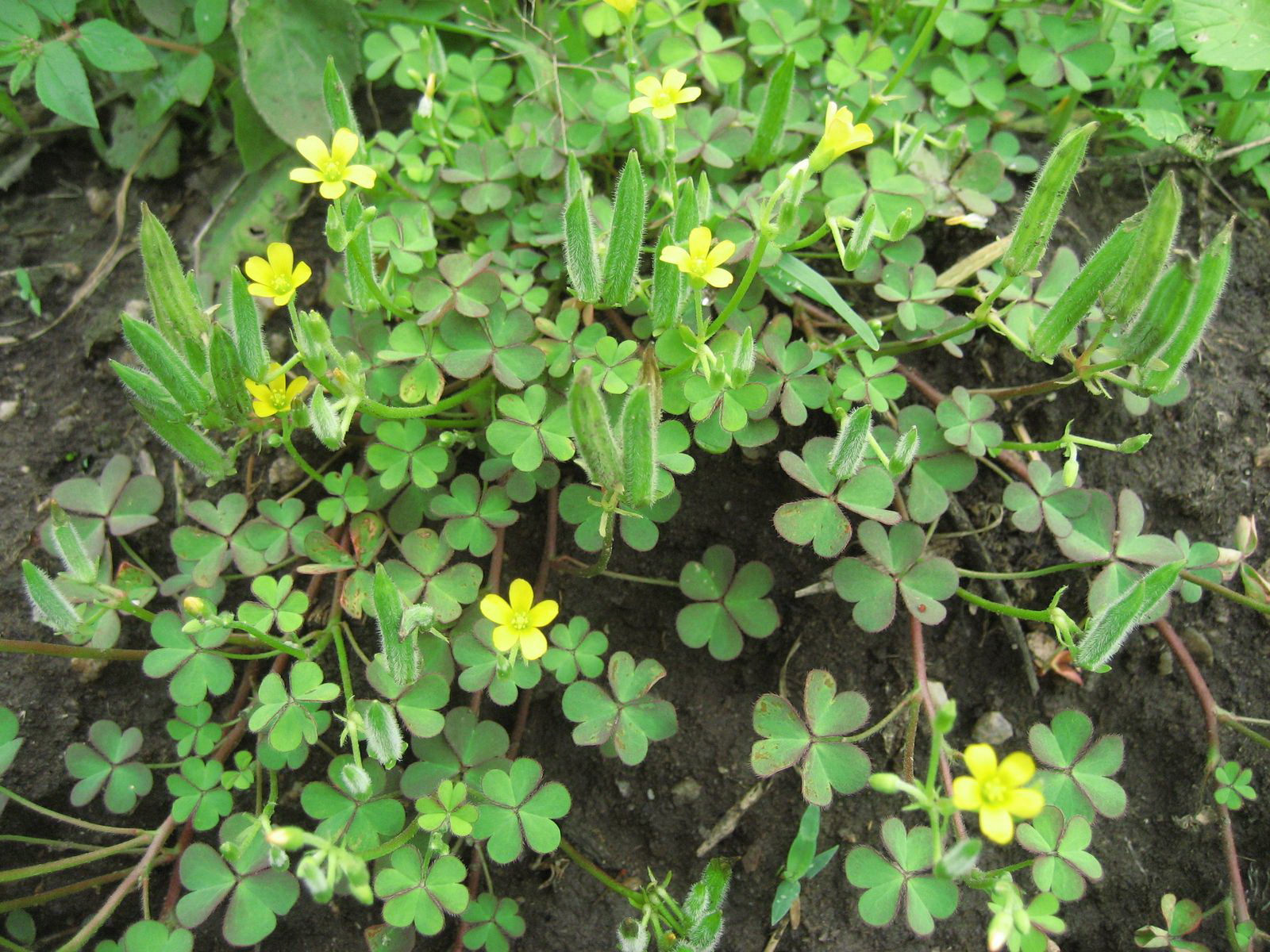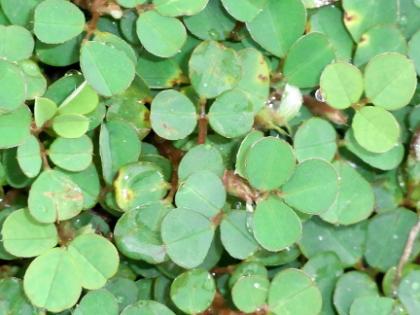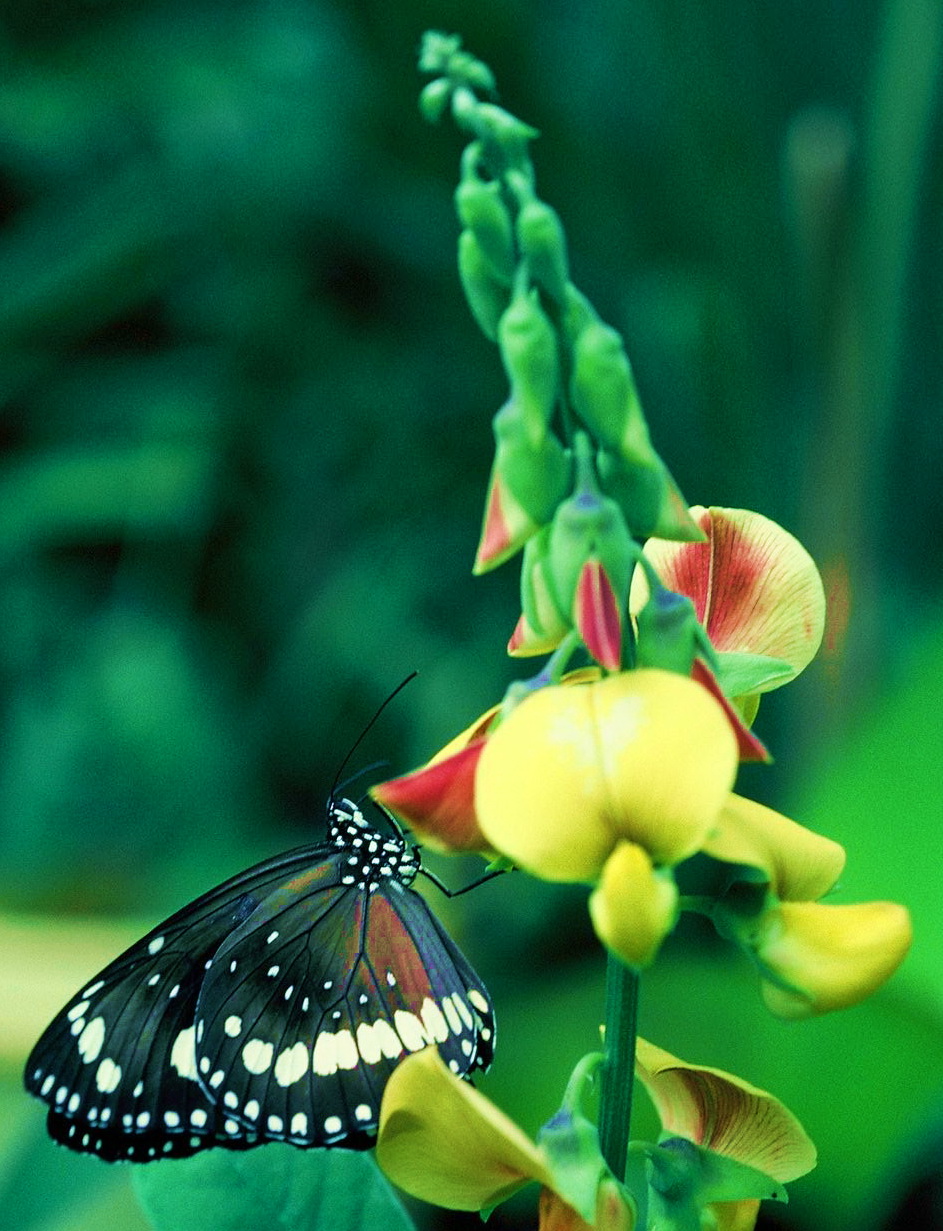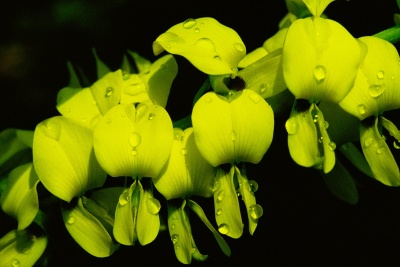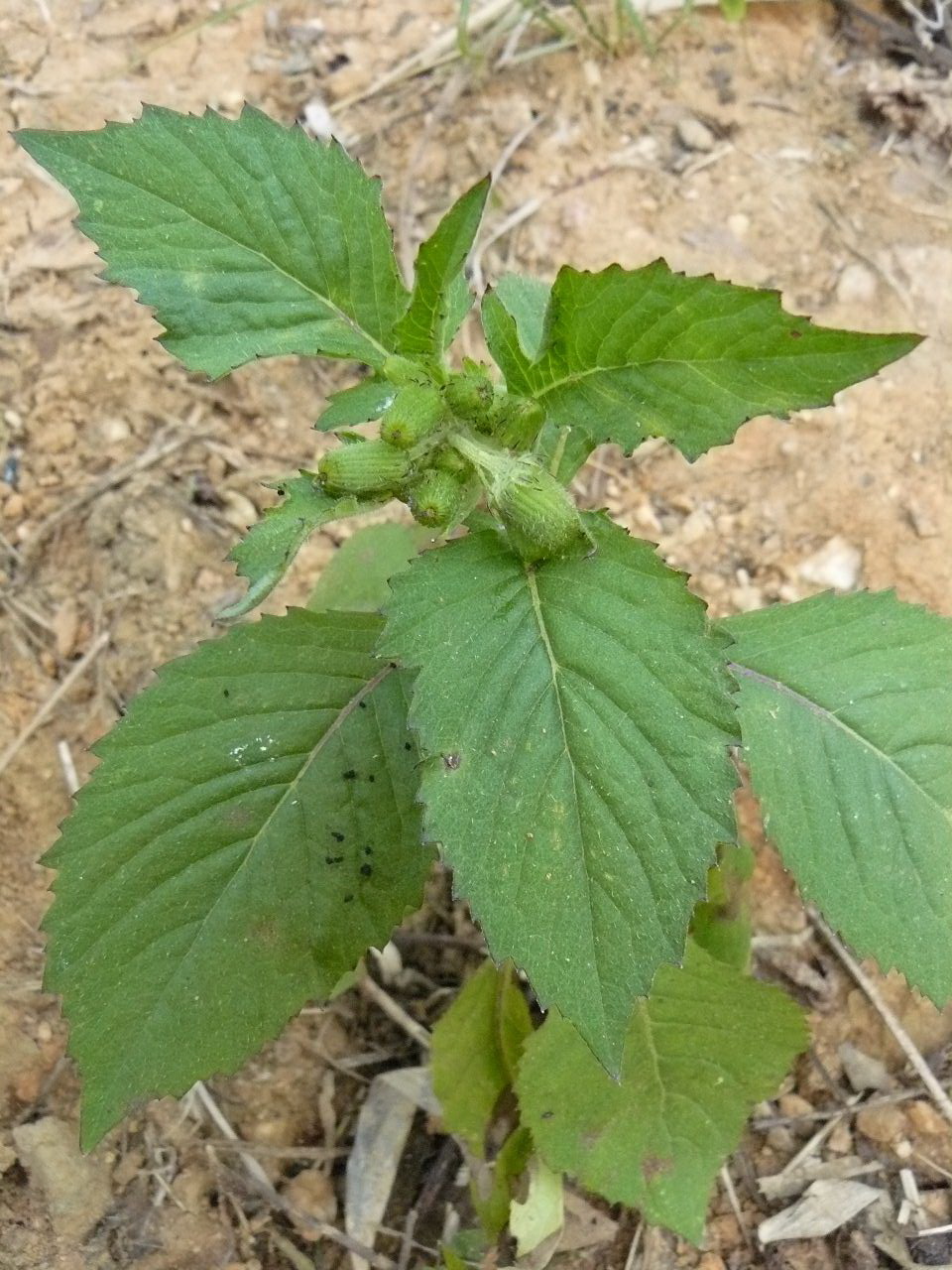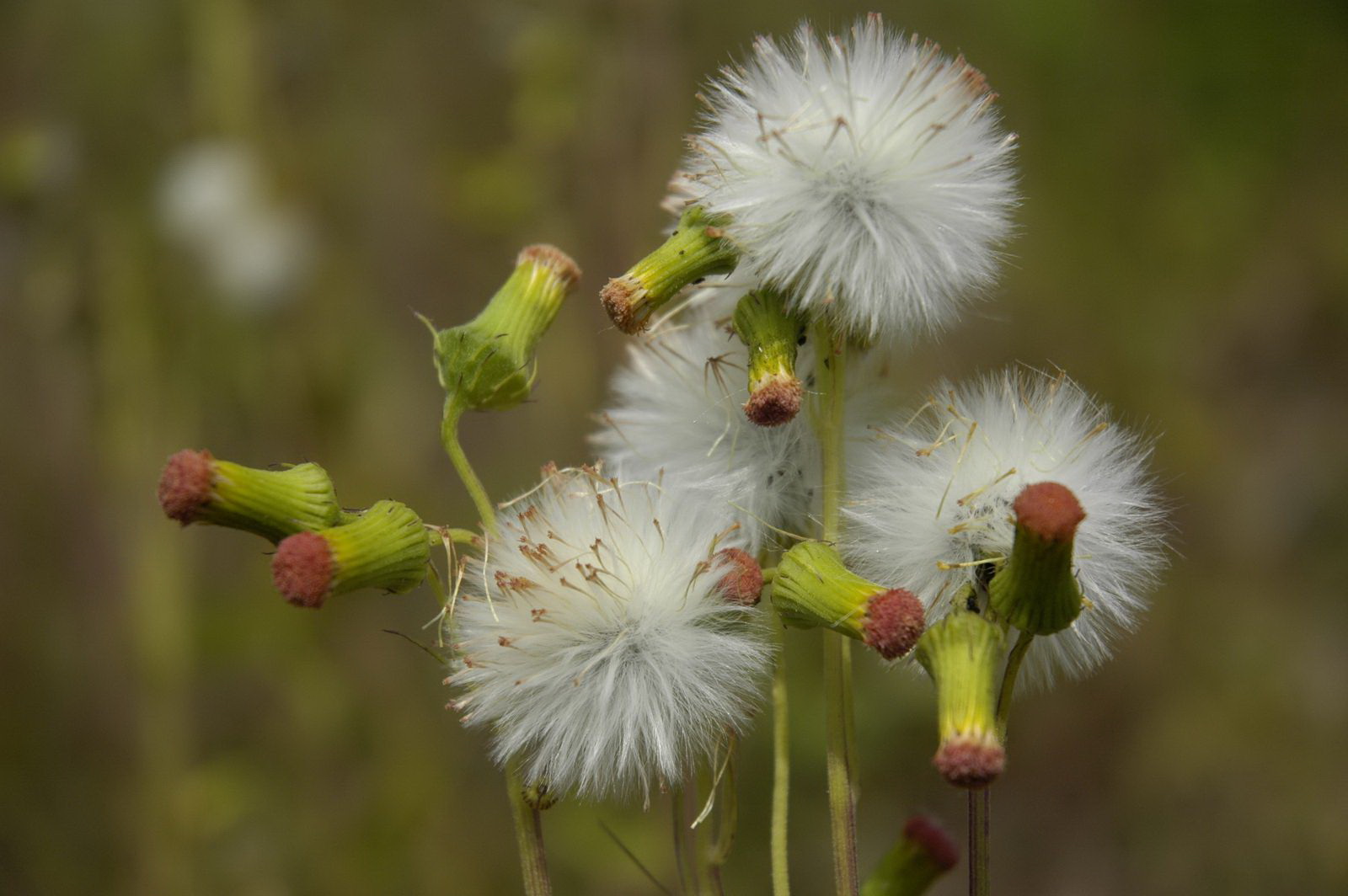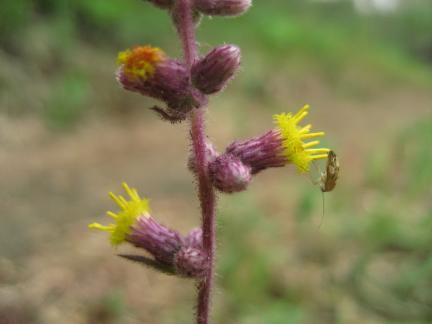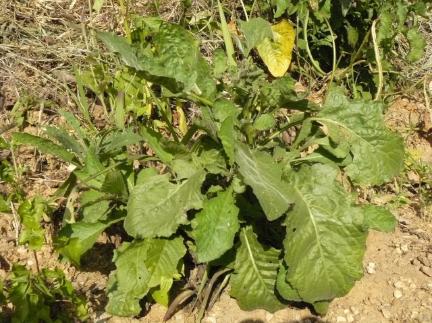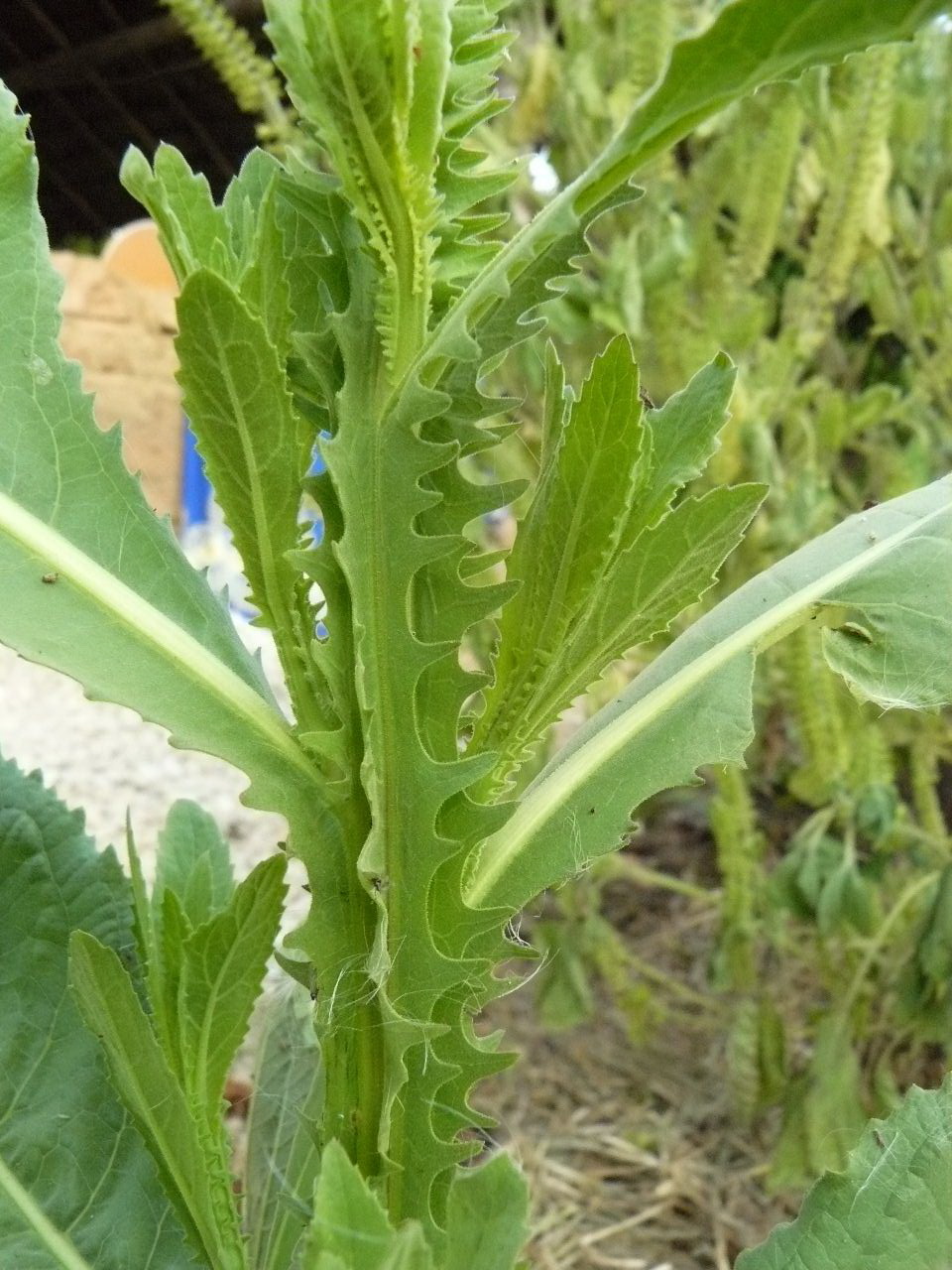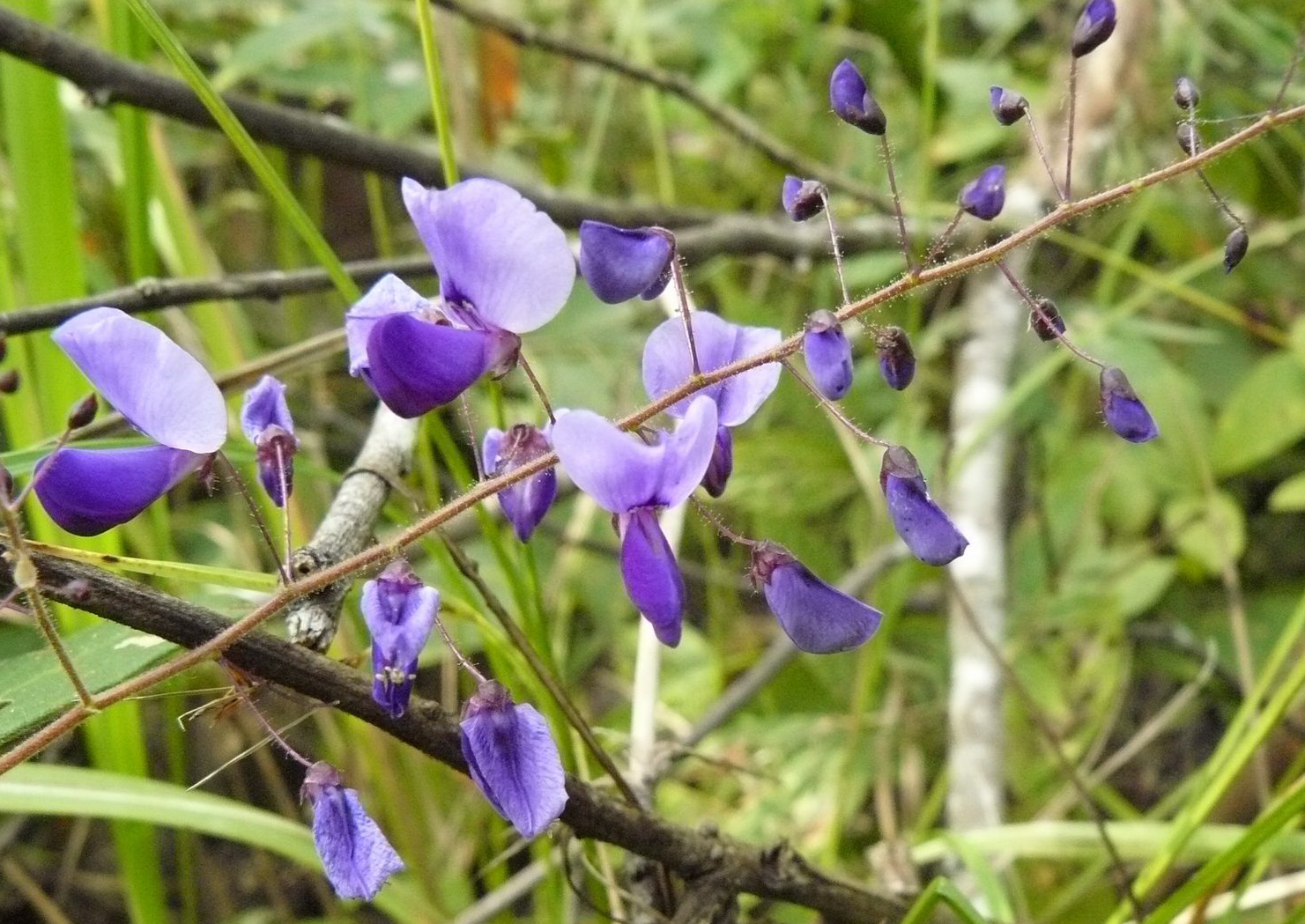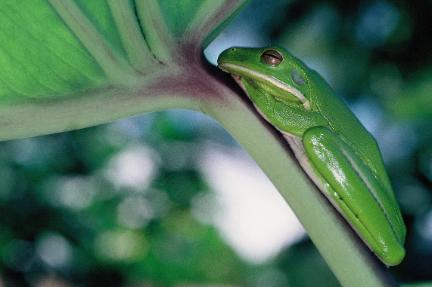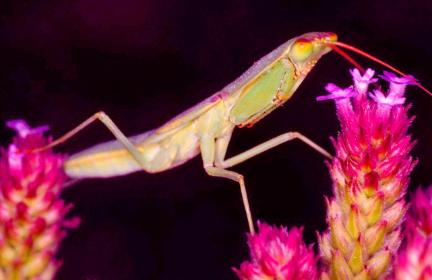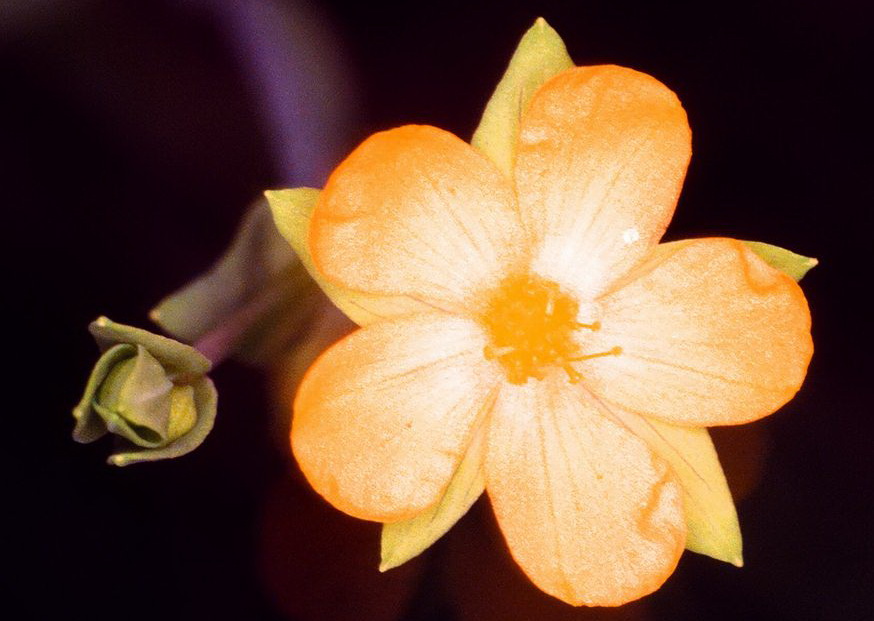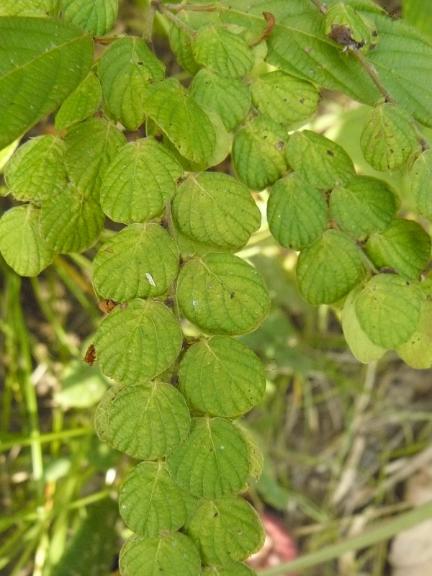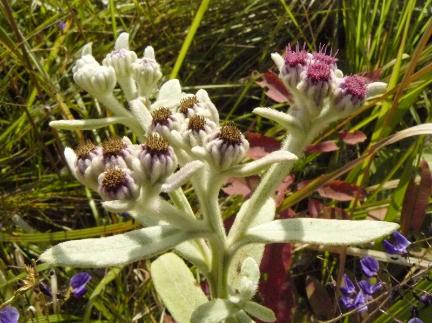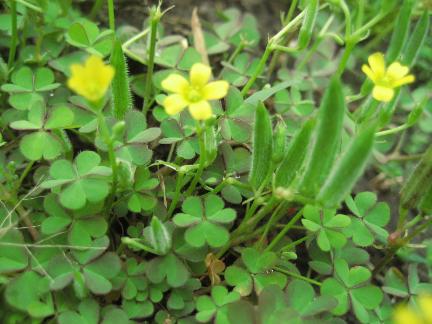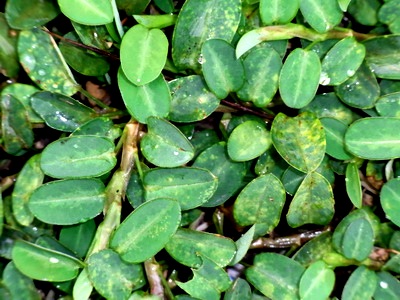Good WeedsAll plants fix carbon,
hold the soil together and provide food and habitat for animals. But some
plants can give a little more while also being easier to manage in the garden.
There are plenty of plants already widely acknowledged as good ground covers and companion plants and are worth seeking out but unless you live in a barren dessert there will always be plants around you already that will make good companions, ground covers and living mulch for your garden of herbs, veggies, fruit trees and ornamentals. It is not then so important to know specifics about plants species, which ones exactly to have in the garden. Rather get to know the characteristics of plants that might be helpful to you or not at all helpful. Do they grow fast and quickly smother the garden? Do they have bulbs, corms, crowns, nuts, rhizomes, runners and tubers in the ground that would make them difficult to remove? Do they have spines, thorns, prickles or sticky seeds or set seed all year long? Do they attract highly irritating hairy caterpillars? These are traits in a plant you might wish to avoid. For plants you might wish to encourage then you might look for slow growing plants or plants that grow and flower and set seed in a specific season. They can be cut for mulch before they drop their seed. Plants called legumes that fix large amounts of nitrogen in root nodules are also popular. Just learn to identify what legumes generally look like. They are often, but not always, trifoliate, (having three leaves together like clover) and usually have a pea flower. There will always be wild legumes in your local environment. Plants that produce large amounts of leaf matter are also a good choice. The more leaf litter raining to the ground the better. Leaves are important worm food. Worms drag leaves into their burrows. Some plants produce florets of leaves along their branches or large fluffy flowering heads. The more organic matter they produce the better. Flowers too are very important. Leaves bring grazing animals and flowers bring pollinating insects to balance the garden. The pollinators help set seed and fruit in the garden and will also attract predators that help keep the grazing insect populations at manageable levels. And by encouraging local plants as ground covers we are looking after local insects and their dependant predators which are unique to the area, so helping to protect local bio-diversity. Some plants may be hard to work out as they may not prove to be unpleasant till right at the very end of their life cycle when they are dead and completely dry. Only then might that beautiful soft fur turn out to be irritating, prickly hairs. Or all those seeds turn out to be very sticky. So when introducing plants that you do not know to the garden, you might just keep them confined and close to you so that you can observe them. If it turns out they show signs of being a nuisance plant, it won’t be so hard to remove them. Prostrate plants are a prize in the garden. They keep their heads down and stay out of the way allowing your veggies and herbs to grow without hindering them. When you have clovers or similar ground covers growing around your veggies you will find that your greens will have so much less grit and dirt on them when you pick them. You may not even need to wash them before eating. Prostrate plants can also make a nice low maintenance lawn. Some weeds are edible and have medicinal properties as well. And I must admit that one persons weed is another persons, ornamental, vegetable or herb. And a plant that is a vigorous, large and fast growing plant in the tropics may be a small, slow growing ornamental curiosity in a colder climate. So in the end it will be up to you. So just look around you and when you see plants you like, carefully weed around them. And drop those removed weeds as mulch around and even on the plants you favor. Your chosen ground covers will quickly swallow them up. And collect a few seeds and plant them around the garden wherever you need some extra cover. The point to all this is that it is essential to cover the whole Earth with a diversity of plants and animals in order to maintain a healthy and productive ecosystem.
|
Above, there are many forms of rattle pods around the world. This little one is the winged rattlepod (crotalaria bialata) found in Northern Thailand. It is about 30 to 40 cm tall and has leaflets along it's stems. Above, a grass that produces a large, soft seed head. Above, Brazilian Buttonflower (Centratherum punctatum). Comes up for free, attractive, grows low, has citrus scented foliage, attracts bees. Above, hairy rattlepod (crotalaria calycina) this unusual little rattle pod has hairy flower sepals that close around the flower and forming seed pod. Above, this fluffy brush is the seed head of a prostrate legume, rabits tail (uraria lagopoides). North Thailand. Plants that form seed this way may hold their seed for some time. When ever the plant is disturbed by wind or rain or animals, seeds may be dropped or even flung away from the plant. Some fluff may stick to animal fur taking seed with it. Heavy rain can hammer the seed head into the ground and the seeds still inside can grow right there protected and fed by mulch provided by the mother plant. Plants look after their children. Above, hairy indigo (indigofera hirsuta), the seed pods and leaves of another low growing family of legumes. Similar to creeping idigo (i. spicata) but taller and hairy. Above, a bee does its work delivering pollen to a button flower. Above, a wild legume 1 to 2 m tall filling in space under the mango trees. Similar habit to pigeon pea. Just comes up for free in Northern Thailand. Above, an amaranthus (celosia argentea) flower head filled with seed. Above, another small naturalized legume filling in the field. Above, the classic trifoliate leaves of an annual legume. Above, rattle pod (crotalaria pallida). Above, rattle pods (crotalaria) slowly drying from green to brown. Above, weeds cut down and used for mulch but best to cut them down before their seed matures. Above, crassocephalum rubens is a beautiful little thing from Africa finding its way around the world. This one is in Northern Thailand. Edible in soups and sauces. Eat with caution, can sting the mouth. Medicinal herb. |
